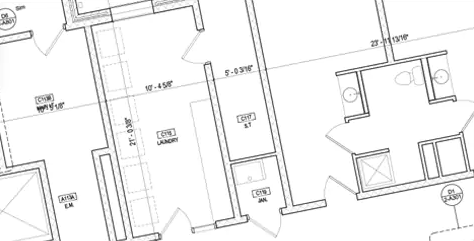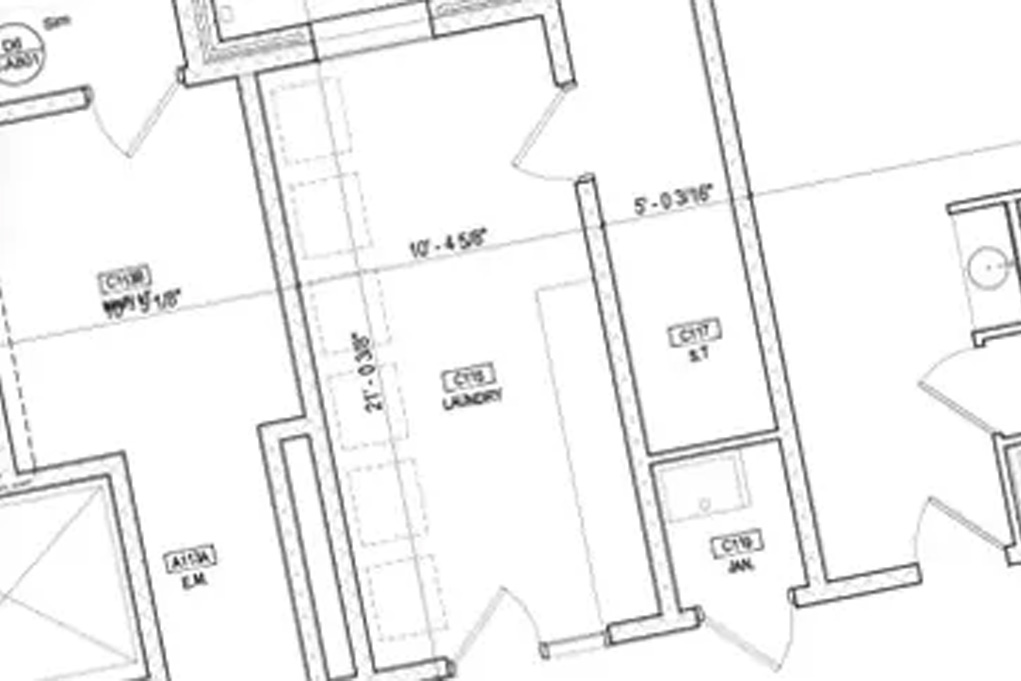Business Information Modelling (BIM) services
Building Information Modelling (BIM) is an essential part of the building process.
It creates a streamlined system of collaboration, to ensure all project teams work to the same standards. The project cost savings are massive and immediate. In 2022 construction output in the UK was almost £133bn and growth remains consistent.

BIM brings together information of every component of a building into a single 3D environment, compliant with BIM level 2 and expanded into 4D with integrated scheduling and cost analysis. Using a variety of CAD packages, large companies and governments have eagerly embraced the technology as a means of delivering projects more cost efficiently and productively than ever before and are now insisting upon having BIM Models associated with their projects.
Building Information Modelling (BIM) level 2 has been mandated since April 2016 throughout the UK public sector. There are economic and environmental benefits from BIM during the whole asset cycle from concept through to design, construction and even the life of the asset itself.
- Efficiency – Drastic cost and time reduction on search, retrieval, print, IT, paper and storage. Increased productivity. Ease of data retrieval.
- Effectiveness – No more paper chaos. Always accurate and organised. Easy sharing and faster collaboration. Work at the speed of digital.
- Continuity – Uninterrupted business. Knowledge retention. No loss of information. Mitigate risk of disruptive events or loss of key staff.
- Compliance – Be compliant with document retention and defensible disposal. Reduce legal risk. Facilitate audits. Secure access to important information.
- Sustainability – Reduce your environmental footprint. No more paper or physical storage. Improve productivity and stay on top of sustainable requirements.

Related Products
Filter












